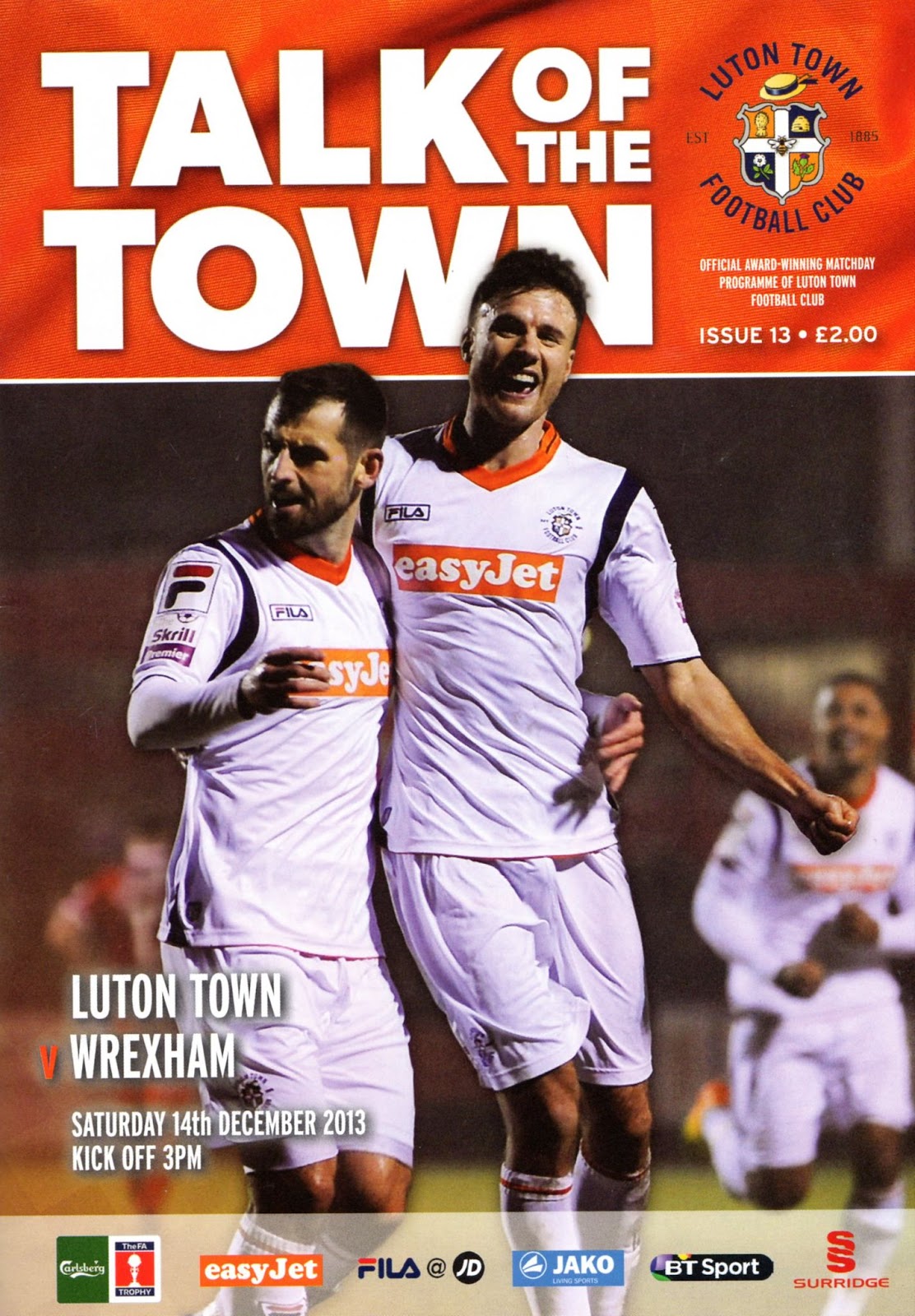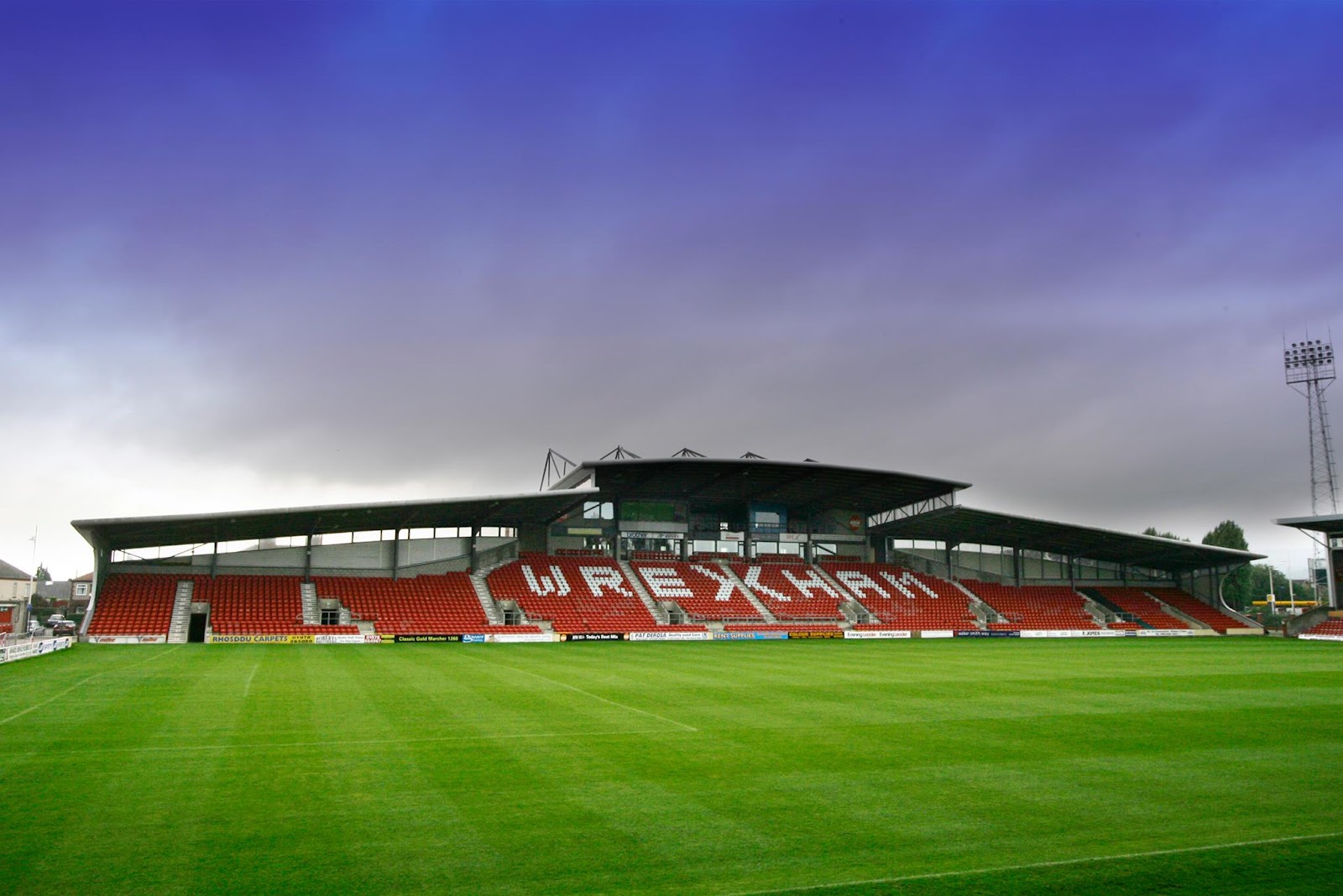Wrexham Association Football Club (Wrexham AFC) is no stranger to abnormal ownership regimes. American actors Ryan Reynolds and Rob McElhenney acquired The Welsh football club in November 2020. Since then, Wrexham’s media and fan following has skyrocketed. Yet, somehow, this bizarre (in a good way) scenario might be less weird for the club’s fans than its previous ownership tenure.
That tenure, which took place from 2011 to 2020, was full of twists and turns. How could that ever compare to the unique circumstances of a celebrity-led takeover? It’s quite simple, really: the club’s previous owner was the Wrexham Supporters Trust (WST), consisting of more than 4,000 members.
Ultimately, the WST sold the club to the American duo after passing a majority vote via a virtual Zoom call. But when the WST first took over, nearly a decade before that meeting, few saw that sort of future ahead.
Wrexham’s Non-League Play
The WST became official owners of Wrexham AFC in December 2011. At the time, the club was playing in the English National League, now known as the Conference Premier League. Wrexham had remained there since its demotion from the English League Two at the end of the 2007–08 season.
Given the names of these leagues, the earlier statement that Wrexham AFC had ended an 87-year streak of “League play” with its 2008 relegation might appear confusing. To clear things up, both of those leagues are, unsurprisingly, leagues. However, the four most prestigious leagues in English football — the English Premier League, the Championship, League One, and League Two — are referred to as the “League.” Clubs that compete beneath those four leagues are referred to as “non-league” clubs or teams.
Winning promotion for Wrexham AFC meant leaving non-league play and returning to League Two. Unfortunately, promotion is easier said than achieved. A team can win promotion from the Conference Premier to League Two in two ways: automatic promotion by finishing first at the end of the season or finishing in the top four and winning a knockout-style playoff tournament against the other top teams.
The WST had taken ownership of Wrexham amid the 2011–12 Conference Premier League season. Shockingly, the club finished in second place but lost in the play-off tournament to Luton Town.

Photo Courtesy Wrexham AFC Archive
Highs, Lows, and In-Betweens
Wrexham’s 2012 and 2013 brought a flurry of firsts. It won its first FA Trophy on March 24, 2013, defeating Grimsby Town 4–1 on penalties. In doing so, the team became the first Welsh club to win an FA Trophy and played its first match at the historic Wembley Stadium. Riding that momentum, the club ended the 2012–13 season near the top of the league. After winning its first playoff game, Wrexham lost 0–2 to Newport County, narrowly missing out on a return to League play.
Toward the end of 2013, almost exactly two years after taking ownership, the WST announced that Wrexham AFC was officially debt-free. Mark Williams, a WST board member, added that its winnings from the 2013 FA Trophy Final helped pay off the last of the debt. The fan-led trust had truly accomplished a remarkable turnaround in just a few years. Things were far from over or fixed, but after years of rising debts and ownership debacles, the club could finally breathe a collective sigh of relief.
In the following years, Wrexham AFC remained in the Conference League, just out of reach of the English League Two. All the while, the WST continued working behind the scenes to improve the club.
Due to prior ownership regimes, Glyndwr University owned the lease for the grounds of Wrexham’s home ground, the Racecourse stadium. This arrangement made it particularly difficult for the club to receive profits from ticket sales, other events, and more. In 2016, the WST announced a 99-year lease with the university to regain control of the Racecourse, securing a boost to club finances for years to come.

Photo Courtesy Wrexham AFC
All Good Things
After getting the club back on its feet (and out of debt), the WST hit a roadblock in the mid-2010s. It had alleviated most of Wrexham’s major problems, but getting the club back into League play was not one of them. There had been some hope, like the end of the 2018–19 season, which saw the team finish fourth but lose in the promotional playoffs. The following year, which was cut short by the COVID-19 pandemic, ended with Wrexham AFC in its lowest-ever position on the table.
Wrexham AFC’s ownership under the WST is challenging to evaluate fairly. The fan-run aspect notwithstanding, getting promoted from non-league play to League play takes a lot of money. Some estimates say a club needs to spend 8 to 10 million pounds a year on player salaries, coaching, and the like to achieve promotion.
The WST’s ownership tenure had gone above and beyond what anyone had expected or even thought possible. However, for the club to truly take the next step and return to the English League Two, it would need backing from new, preferably wealthy, owners.
Next up: two new, wealthy owners.





